Winter evergreen perennials
nonews
20 years ago
Related Stories
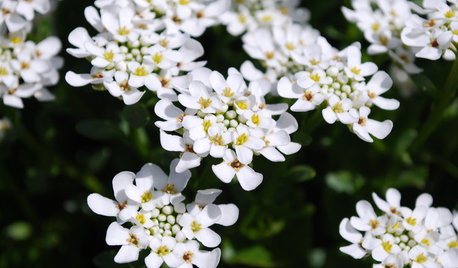
GROUND COVERSGreat Design Plant: Evergreen Candytuft for Glossy Winter Foliage
Keep your garden green through frosty days with this woody subshrub — then delight in sparkling white flowers come spring
Full Story
GARDENING GUIDES10 Cold- and Heat-Tolerant Perennials and Shrubs for the Arid West
These flowering native plants shrug off the cold of winter and heat of summer while adding beauty to the drought-tolerant landscape
Full Story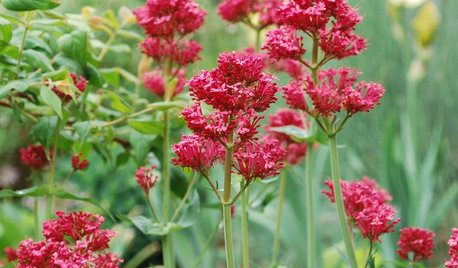
GARDENING GUIDES6 Lovely Water-Wise Perennials for High Altitudes
Even if your climate is cold and dry, you can still celebrate spring with these hardy and colorful perennials
Full Story
PLANTING IDEASWant a More Colorful, Natural Garden? Try a Perennial Meadow
Spend less time tending and more time taking in the sights by improving on Victorian and prairie garden designs
Full Story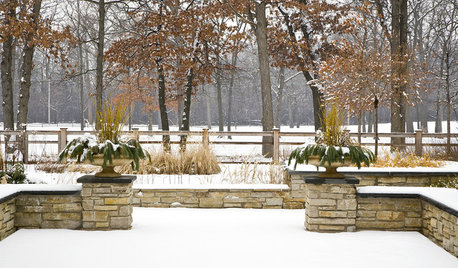
WINTER GARDENING10 Ingredients of a Beautiful Winter Garden
Winter gardens have a beauty all their own. Enjoy its bare branches, sculptural evergreens, and more
Full Story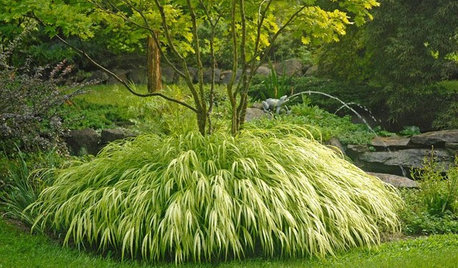
PRODUCT PICKSGuest Picks: 20 Gorgeous Perennials to Plant Now
Take advantage of warm spring weather to create a colorful garden with blooming plants, succulents and ornamental grasses
Full Story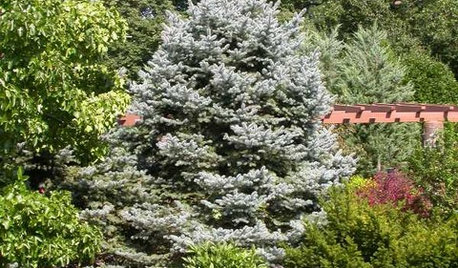
LANDSCAPE DESIGN10 Evergreens for Beautiful Foliage All Year
Give your landscape consistent color and structure with the emeralds, chartreuses and blues of evergreen trees and shrubs
Full Story
GARDENING GUIDES8 Deer-Resistant Elegant Evergreen Shrubs to Plant This Fall
Who knew that such beautiful shrubs could be deer-resistant?
Full Story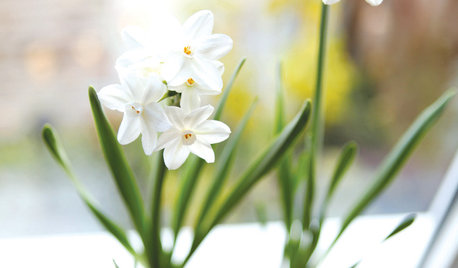
DIY PROJECTSHoliday DIY: Mason Jar Forced Bulbs and Evergreen Gift Tags
Learn how to make these winter projects from the book ‘Garden Made’ by Stephanie Rose
Full Story
LANDSCAPE DESIGNWarm Up Your Home With an Evergreen Windbreak
Plant tall trees for more warmth in winter, serenity in summer and good looks all year long
Full StorySponsored






Katt_TX
andreap
Related Professionals
Accokeek Landscape Architects & Landscape Designers · Lake Oswego Landscape Architects & Landscape Designers · Salisbury Landscape Architects & Landscape Designers · Walnut Landscape Architects & Landscape Designers · Damascus Landscape Contractors · Duarte Landscape Contractors · Edwardsville Landscape Contractors · Fairfield Landscape Contractors · Haverhill Landscape Contractors · Kearny Landscape Contractors · Paramount Landscape Contractors · Southbury Landscape Contractors · Suisun City Landscape Contractors · Little Ferry Solar Energy Systems · Anaheim Driveway Installation & MaintenancenonewsOriginal Author
razorback33
mole_tx
andreap
mesquiteent
3dheaven_comcast_net
bogturtle